
Jul 15, 2025 • 7 min read
The unpretentious mountain town of Sun Valley is both approachable for novice adventurers and exciting for the most rugged enthusiasts.

Jul 15, 2025 • 7 min read
The unpretentious mountain town of Sun Valley is both approachable for novice adventurers and exciting for the most rugged enthusiasts.
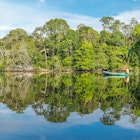
Jul 15, 2025 • 7 min read
Here are the best ways to experience the very special and (for now) off-the-beaten-path destination of Guyana.

Jul 15, 2025 • 6 min read
Despite its often overcast skies, Seattle is a beautiful corner of Washington State. Here are 6 things to know before you go this Pacific Northwest gem.

Jul 15, 2025 • 6 min read
From whale watching to hiking, there’s a lot more to the Dominican Republic than lounging on its fabulous beaches.

Jul 15, 2025 • 9 min read
Here’s our roundup of new and upcoming shows in New York City you won’t want to miss.

Jul 15, 2025 • 9 min read
Traveling from megacities to remote islands and across towering mountains can be daunting – this guide has all you need to know about getting around Japan.
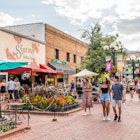
Jul 15, 2025 • 9 min read
From outdoor adventures to top dining options, these ideas will help you have an authentic local experience in Boulder, Colorado.

Jul 14, 2025 • 7 min read
The remote lost city of El Mirador reveals hidden wonders of Guatamala's history and beauty.

Jul 14, 2025 • 7 min read
Two travel writers pitch Oʻahu and Maui as the best spots to vacation, each with dazzling views, incredible outdoor adventure and rich culture.

Jul 14, 2025 • 7 min read
The Peak District was England’s first National Park when it opened in 1951, and its 555 square miles remaining seductive.

Jul 14, 2025 • 7 min read
Plan your days by the beach in NYC with our pick of the best.

Jul 14, 2025 • 10 min read
Yoga on the beach, dining among jungle greenery, and diving in cenotes: here's our guide to the top things to do in Playa del Carmen, Mexico.
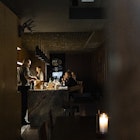
Jul 14, 2025 • 7 min read
Meals in Porto mean fresh fish, spicy hot dogs veggie-friendly dishes and more. Here are the city's best restaurants.

Jul 14, 2025 • 5 min read
In a city ravenous for art, these museums and galleries ensure that travelers, and even Tokyoites, will never get bored.
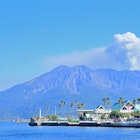
Jul 14, 2025 • 6 min read
Head off the usual tourist trail on one of the world's best boat journeys between Japan's sub-tropical Amami Islands.

Jul 14, 2025 • 6 min read
Girona is the second-largest city in Catalonia and a hub of culture, gastronomy and history.
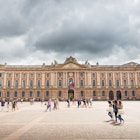
Jul 14, 2025 • 8 min read
This dynamic student city offers exciting art, hearty cuisine, boat trips and urban beaches – only a few of the best things to do in Toulouse.

Jul 14, 2025 • 12 min read
The national religion of England isn’t Christianity, it’s football. Here's how to immerse yourself in football culture on a trip to England.

Jul 14, 2025 • 12 min read
The Natural History Museum and Science Museum have been entertaining and educating London for over a century. Here's how to get more from your visit.

Jul 13, 2025 • 5 min read
Make the most of your trip to the Spanish capital with these savvy spending tips.

Jul 13, 2025 • 10 min read
Tokyo has one of the best public transport systems in the world, and we've got all the insider info you need to use it.

Jul 13, 2025 • 4 min read
For fun-filled summer festivals and snow-covered markets in Old Town Square, book a trip to Prague. Here are the best times to visit.